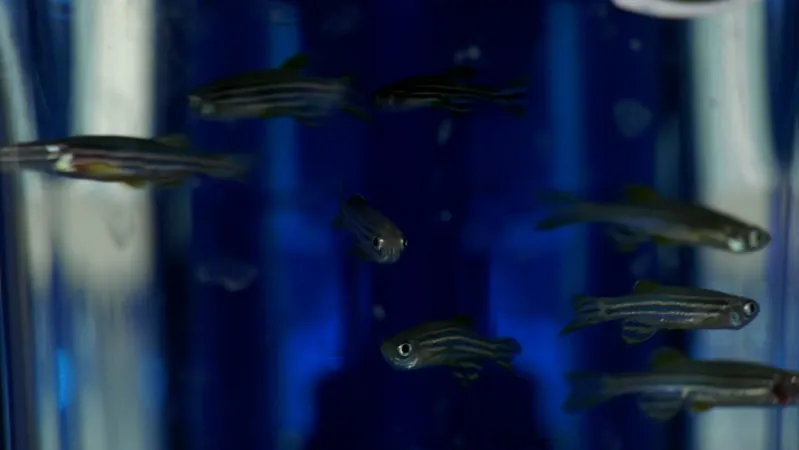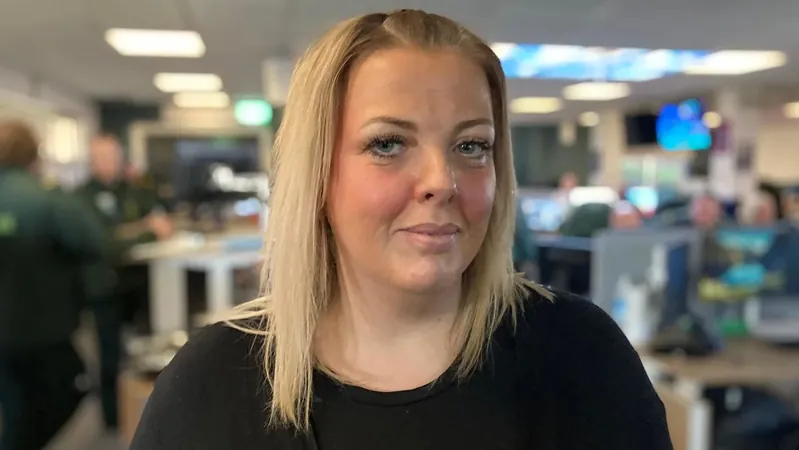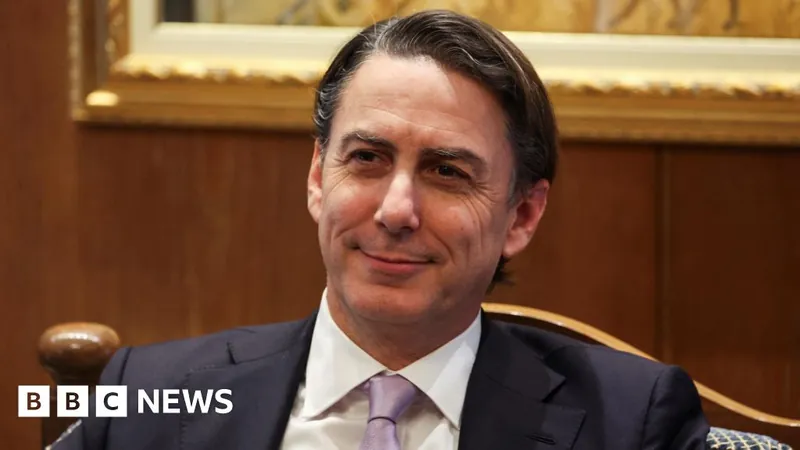
Unlocking the Secrets of Regeneration: Can Fish Help Humans Regrow Teeth and Heal Injuries?
2024-11-18
Author: Jacob
Introduction
Scientists from Manitoba may be on the brink of a groundbreaking discovery that could revolutionize human health. Inside the University of Manitoba’s state-of-the-art Rady Biomedical Fish Facility, researchers are unlocking the regenerative powers of tropical fish—specifically zebrafish and Mexican tetras. These remarkable creatures possess the ability to regrow fins, scales, and even teeth, offering promising insights for human applications such as tissue regeneration and dental repair.
Research Leadership
At the helm of this cutting-edge research are Doctors Devi Atukorallaya and Benjamin Lindsey. The facility, which boasts a $2.5 million investment, is equipped with approximately 2,000 zebrafish and 250 Mexican tetras. According to Lindsey, a neuroscientist and assistant professor, the primary focus of their research is to decipher what makes these fish capable of regenerating their body parts after injury.
Implications of Research
“Unlike mammals, these fish can repair their brains and spinal cords effectively post-injury,” explained Lindsey. The implications of this research could potentially lead to new treatments for brain injuries and neurological disorders, marking a significant leap forward in modern medicine.
Transforming Dental Practices
Atukorallaya, an associate professor of oral biology, emphasizes the potential for these fish's regenerative abilities to transform dental practices. With an astonishing 70% genetic similarity between the fish and humans, she suggests that this research could lead to breakthroughs in regenerative dentistry. “Imagine a world where we could regenerate our own teeth. When we lose one, no problem! We could simply grow a new one,” she stated optimistically.
Future Prospects
The unveiling of the Rady Biomedical Fish Facility on November 18, 2024, signals a new era in regenerative medicine and dental health. Researchers are hopeful that their findings could eventually guide therapeutic strategies to harness these natural regenerative processes in humans, bringing us one step closer to the dream of self-repairing tissues.
Conclusion
With such promising advancements on the horizon, the work conducted in this facility could not only change how we approach injuries and dental health but also open doors to enriched quality of life for many. Keep an eye on this fascinating research—it might just hold the key to regenerating parts of our bodies that we once thought were permanently lost!









 Brasil (PT)
Brasil (PT)
 Canada (EN)
Canada (EN)
 Chile (ES)
Chile (ES)
 España (ES)
España (ES)
 France (FR)
France (FR)
 Hong Kong (EN)
Hong Kong (EN)
 Italia (IT)
Italia (IT)
 日本 (JA)
日本 (JA)
 Magyarország (HU)
Magyarország (HU)
 Norge (NO)
Norge (NO)
 Polska (PL)
Polska (PL)
 Schweiz (DE)
Schweiz (DE)
 Singapore (EN)
Singapore (EN)
 Sverige (SV)
Sverige (SV)
 Suomi (FI)
Suomi (FI)
 Türkiye (TR)
Türkiye (TR)